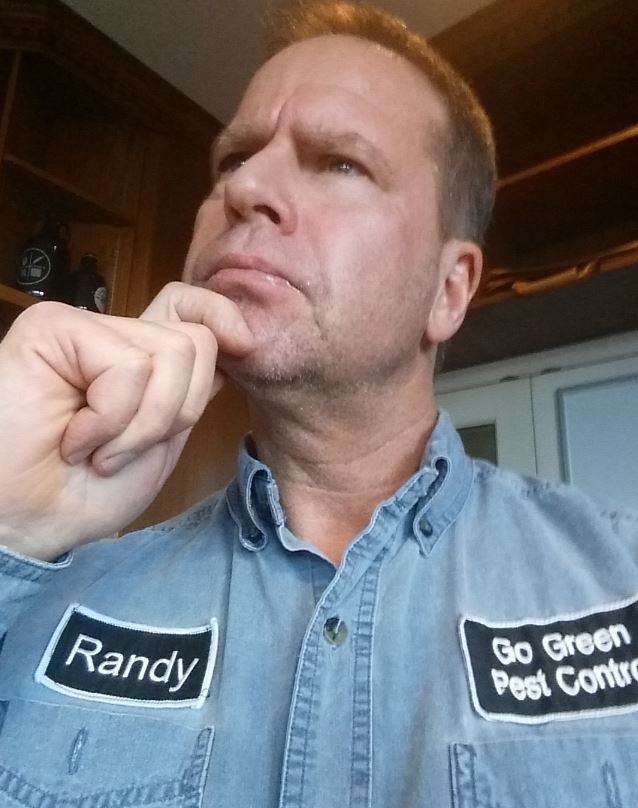Situational Pest Management
The keys to successful Situational Pest Management are all about knowledge and experience. Learning how to identify the key pests in your area and learn their habits and preferred living conditions. Teaching ‘SPM’ or Situational Pest Management is a problem-solving process. Professionals are taught the components of the process, and then are taught how to apply those components logically. The basic principles of Situational Pest Management (SPM) involve five steps:
Identifying the Pest – Situational Pest Management requires quick and effective solutions to any pest infestation: identity of the pest or pests involved.
Where is the Pest Living? – This step usually takes the most time but is crucial to success. Find the Source — Solve the Problem.
Service Where Pests Live. – The situation at hand determines which methods/techniques are needed.
Conducive Conditions. – If conditions exist that are supporting a current infestation or that may be conducive to an infestation of another pest, they need to be addressed. These conditions fall into three easily described categories: Sanitation – conditions that provide food and/or water. Harborage – items or areas that provide preferred shelter. Entry Points – cracks, holes, or practices that permit the entry of pests.
Evaluation. – follow-up visits to evaluate the results.
http://www.delta-optimist.com/opinion/blogs/deltabc-1.983313/blog-situational-pest-management-1.2120795

